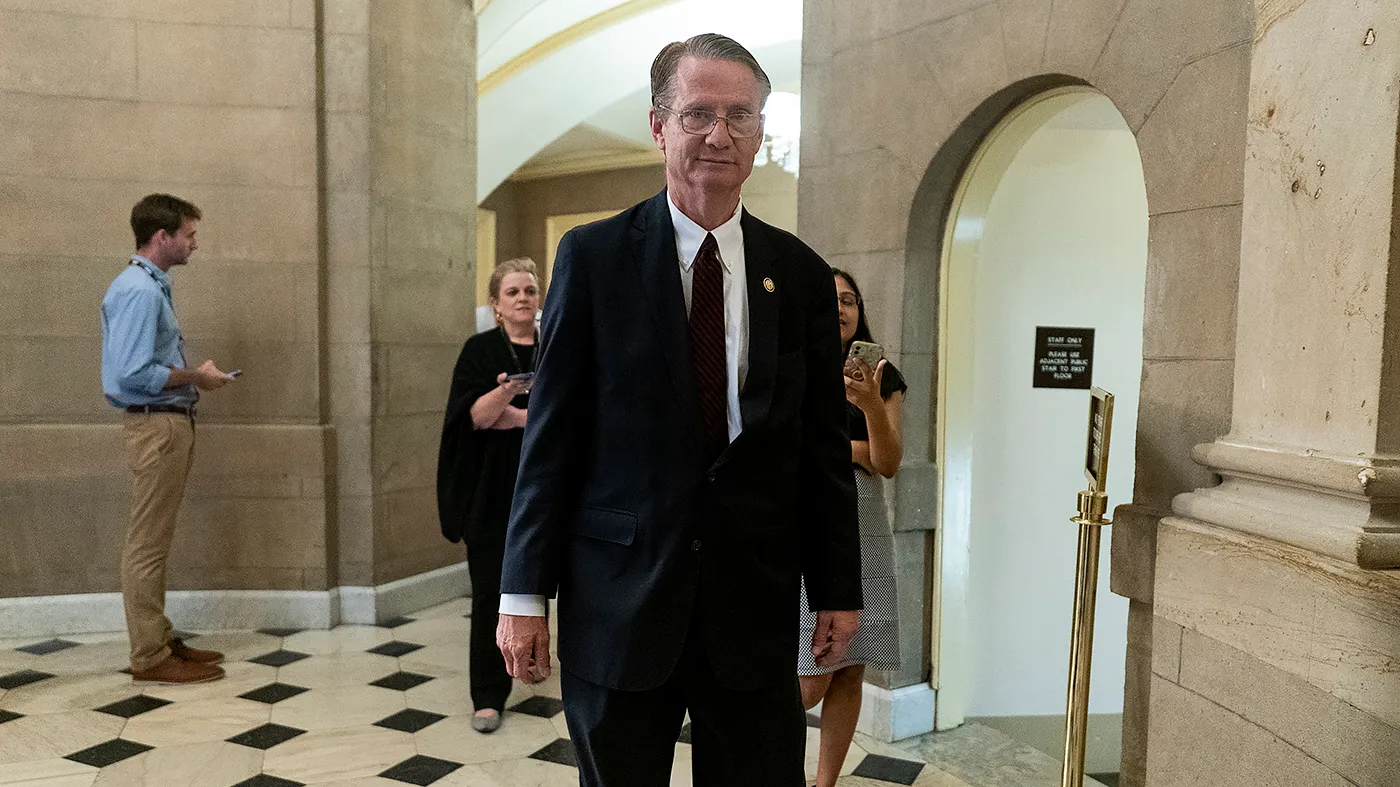Syria Faces World’s Harshest Tariff as U.S. Slaps 41% Levy, Threatening Fragile Recovery
Syria Faces World’s Harshest Tariff as U.S. Slaps 41% Levy, Threatening Fragile Recovery
By
Calder Monroe
Last updated:
August 6, 2025
First Published:
August 6, 2025
.jpg)
Photo: Bloomberg.com
U.S. Imposes Highest Tariff Rate Globally—Syria Hit with 41% Levy Amid Fragile Recovery
In a dramatic shift of policy, the Trump administration has imposed a 41% tariff on Syrian goods—the highest tariff rate in the world—just months after officially lifting longstanding U.S. sanctions on the war-ravaged country.
This decision has stunned economists and international observers, especially given the timing: Syria is only beginning its tentative steps toward reconstruction after over a decade of brutal conflict. In a country where over 90% of the population lives below the poverty line, this unexpected trade measure could stifle what little progress is being made.
A Reversal After Sanctions Were Lifted
Back in May, during a high-profile speech in Riyadh, President Trump declared the complete removal of U.S. sanctions on Syria, declaring, “Now it’s their time to shine... Good luck Syria.” The move was seen as a signal of goodwill, potentially opening a path for reintegration into the global economy.
However, in a move many analysts describe as contradictory, the U.S. soon followed up with the most aggressive tariff measure on any nation. The 41% tariff was calculated under the administration’s revised trade imbalance methodology—one that has been widely criticized for its lack of transparency and strategic intent.
The Numbers Behind Syria–U.S. Trade
Though U.S.–Syria trade has always been minimal due to decades of sanctions, it has never been nonexistent. In 2023, Syria exported $11.3 million worth of goods to the U.S., while importing $1.29 million in American products, according to data from the Observatory of Economic Complexity. These numbers might seem small, but they highlight the symbolic nature of the tariff more than its practical consequences.
Symbolic Message or Political Leverage?
While the tariffs may not cripple Syria’s economy in absolute terms due to low trade volumes, the political message is unmistakable.
“Syria has been singled out. This isn’t about trade — it’s about leverage,” says Giorgio Cafiero, CEO of Gulf State Analytics.
“Washington is signaling that any economic normalization will be conditional on political alignment, particularly around issues like relations with Israel.”
Some analysts speculate that the tariffs are designed to pressure the new Syrian government—led by President Ahmed al-Sharaa, a controversial figure with a past linked to extremist groups—into normalizing ties with Israel, which continues to occupy strategic Syrian territory and has conducted repeated airstrikes in the region.
Rebuilding a Collapsed Nation
After 13 years of civil war, Syria is grappling with the monumental challenge of rebuilding a shattered state. The conflict displaced over 13 million Syrians, destroyed entire cities like Aleppo and Homs, and crippled infrastructure nationwide.
Electricity remains scarce: more than 70% of Syria’s grid is offline, with urban centers facing blackouts for over 20 hours a day. In many rural zones, power is completely unavailable.
“This isn’t a fragile economy—it’s one that’s on the brink of collapse,” says H.A. Hellyer, senior fellow at the Royal United Services Institute in London.
“Any step that undercuts its chances at recovery is both reckless and dangerous.”
Aid Efforts in Jeopardy
Despite Syria’s dire need for international assistance, Washington’s latest trade action could stymie recent aid and investment initiatives. Just weeks before the tariff announcement, Qatar pledged a gas support program to power over 5 million Syrians, facilitated through routes from Azerbaijan and Turkey. The plan, managed by the Qatar Fund for Development, aims to boost electricity output by 40%, significantly easing living conditions.
“We’re coordinating closely with the U.S. Treasury to ensure our projects align with international standards,” said Fahad Al-Sulaiti, Director General of the Qatar Fund.
“But we must also create economic space for Syria to stand again.”
Diplomacy Meets Economics
While the U.S. State Department has refrained from commenting on the tariff decision, U.S. envoy to Syria, Tom Barrack, expressed continued diplomatic support for Syria’s new leadership and affirmed U.S. participation in Qatari-backed infrastructure investments. However, it remains unclear whether Barrack endorses the economic pressure tactics now being employed.
“The psychological and diplomatic fallout of this tariff may outweigh its economic impact,” Cafiero explains.
“It sends a clear message: Syria’s future will be shaped under conditions set by Washington.”
What Lies Ahead?
With its economy in tatters, unemployment estimated above 50%, and inflation soaring past 140% year-over-year, Syria is in no position to absorb economic shocks. Yet, the 41% tariff underscores the new U.S. approach: economic tools as instruments of foreign policy—even when humanitarian needs are pressing.
International observers warn that unless there’s a strategic pivot, Syria risks slipping further into instability, potentially reigniting violence and triggering new refugee waves.
As Syria walks the tightrope between reconstruction and renewed conflict, Washington’s next move could determine whether the country inches closer to recovery—or spirals back into chaos.
Popular articles
Subscribe to unlock premium content
Merch, Meals, and Memories

Innovating One Feature at a Time

Zero Taxes, Maximum Attraction – Why Monaco is the ultimate playground for the wealthy.

Merch, Meals, and Memories

Innovating One Feature at a Time

Merch, Meals, and Memories







.png)

